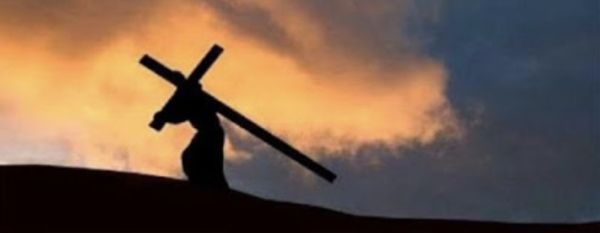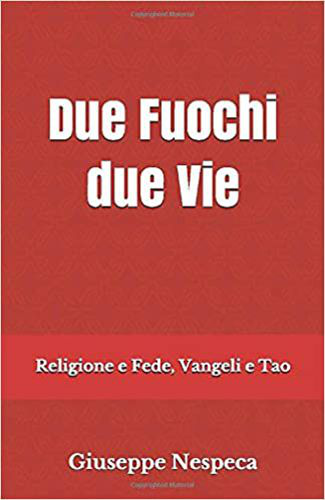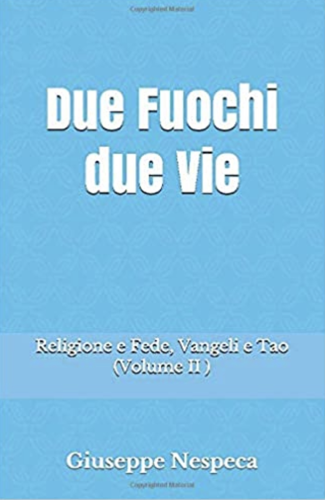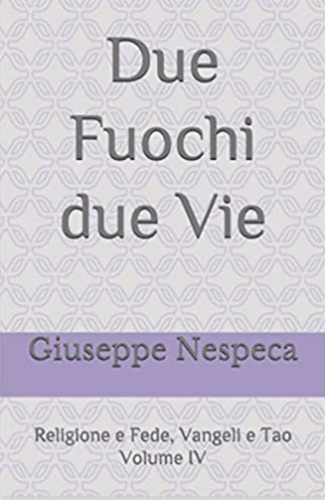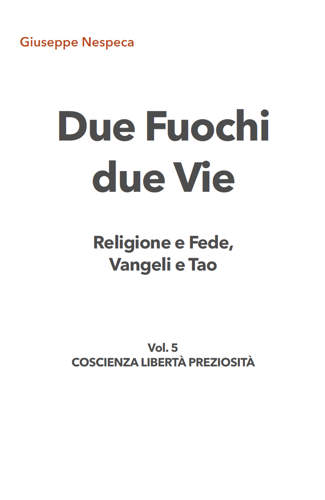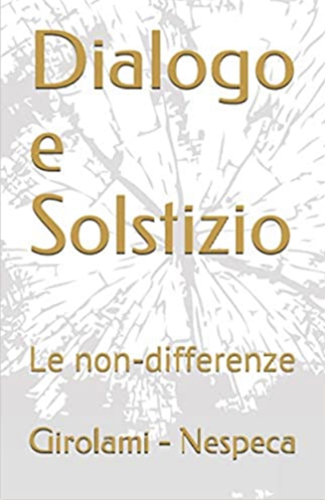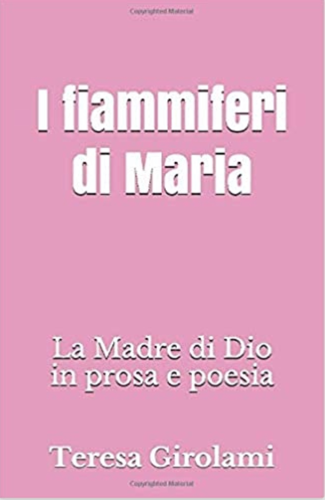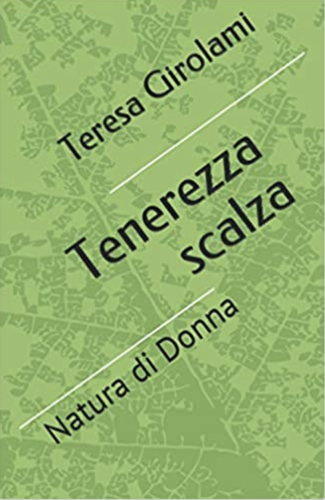The dark, allied aspect
(Lk 7:11-17)
Na'im means Delightful: a symbol of all pleasant and laughing places, where life flows peacefully until the day when carefreeness ends: smiles turn to tears and songs to lament.
There are always two processions, and two guides. The procession of death arrives to pick everyone up: it is preceded by a corpse.
Destiny that we abate and attempt to exorcise, but - beyond distraction - it distresses us to imagine that the physical end is a path of no return.
Who can stop humanity's march towards the grave?
Here in the opposite direction comes another procession, preceded by the Lord of Life, who has the upper hand.
In the common opinion of religions, impurity is contagious, is transmitted immediately by contact, and even prevails over holiness.
According to the rabbis themselves, if, for example, an object had come into contact with the flap of a priestly cloak, it would not have been sanctified, despite having touched a holy person.
But if the same object had touched a corpse, it would have become unclean.
Rambling fixations and extravagant idols, typical of superstition.
Christ deliberately and blatantly breaks both the law of purity and the custom of common thought.
In the path of Faith he proposes, not only does life prevail over death, but death itself has nothing unclean about it.
The reality that bewilders us all is no longer a dark frontier, but a mouth.
It ushers us into the fullness, the complete expression and flowering of our potential.
[In this way, the Paschal Announcement resounds as a source of expectation of the One who makes all death pure, and transforms it into a Womb of Life].
The 'widow' Israel had been deprived of the affection of the Bridegroom by the deleterious work of false official guides.
That nation had thus found itself begetting spiritually moribund children from their youth.
Infecund, sterile, doomed to loneliness [in Hebrew, the term Israel is feminine]. That is: without the true Son of God.
A people deprived of the Messiah, therefore without a future.
Alongside this central message, Lk - evangelist of the needy - wants to draw the attention of his communities to those who are left alone.
«And Jesus gave him to his Mother» (Lk 7:15b).
The Church has the task of restoring children or family to those who have lost them.
The fraternity must respect and care for those who mourn loneliness.
Like Jesus, it differs from all other competitive forms of devotion because it revives, restores the affections, restores balance and the will to succeed.
It always marks a triumph of life over the gloom of the tombs.
To internalise and live the message:
How have you experienced the injection of life that the Risen One has provided you by moving from the procession of religion supine to the graveyard to the company of Faith and the horizon of the Father and the Son in the Spirit?
Have you experienced the life-giving closeness of the brethren of faith in bereavement? (How) have you experienced Christ in them who restores life and affection?
The dark aspect
Pope Francis said: "In order to give himself to us, God often chooses unthinkable paths, perhaps those of our limitations, our tears, our defeats.
The Lord's call is not Manichean, but profound.
Our behaviour has fascinating roots. Lights and shadows of our being remain in dynamic relationship.
At times, however, our discomforts or distortions are the result of an excess of 'light' - detached from its opposite.
Such excess is willingly associated with the claim to exorcise the dark aspect in us, which we would like to conceal for social reasons.
It seems to us that the business card should only reflect our bright, loose, serious, and performing appearance.
Perhaps, a moral style all of a piece - at least at first glance.
However, those who become attached to their bright side and even try to promote it for reasons of look (also ecclesiastical), established culture, habit (also religious), run the risk of enhancing the other side.
Beware: in every man there is always a side that misfires, that fails; and not one-sidedly.
Perhaps it is precisely in those who preach the good that there is the most pronounced danger of neglecting its co-present opposite - which sooner or later will break through, will find its space.
Blowing up the whole house of cards. But to achieve something alternative and absolutely not contrived.
For those who embark on a path of 'perfection', their own counterpart only seems a danger.
And conditioned by the models, we continue to play [our] already identified 'part'.
Yet in the dark side are hidden resources that the light-only side does not have.
In the dark side we read our character seed.
Here is the therapy and healing of the discomforts that we rush to conceal (in the family, with friends, in the community, at work).The dark aspects [selfishness, coldness, closure, introversion, sadness] lurk within; no point in denying it.
It is rather worth considering them as a source of characterising primordial energies.
It is indeed concealment - sometimes depression itself - that makes us fish for unimaginable solutions.
As if we were a grain planted in the earth, which wants its existence. And it finally wants natural life, which develops its capacities.
It is precisely the emotions that we dislike and ourselves detest - like the muddy, dark earth - that reconnect us with our deepest essence.
In short, the unpleasant emotional states will be the well from which other ideas, other guiding 'images', new insights; different sap come to us. And change.
Light does not possess all possibilities, all dynamism. On the contrary, it not infrequently seems to be declined [by the same traditions, or cultural fashions] in a fictitious, reductive way.
In chiaroscuro, conversely, we no longer pretend. For it is the foundation of the house of the soul.
All this we consider, for a solid harmony, which arises from within.
Paradoxes of the Personal Vocation: if we did not follow it to the full, we would continue to follow misconceptions, or the styles of others.
And we would become sick. Evil will take over.
If we are structured on an abstract, local, or bogus identity, this is where the storm could destroy everything.
In our trial and error, [alongside] we have to keep all the aspects - which we have come to know over time, and realised are part of us.
This will change the solidity of our relationship with ourselves, others, nature, history, and the world.
Here the dark aspect becomes an ally.
The harmony between conduct and intention of the heart overcomes hypocrisy, but conformity between Word and life is not set up by practising automatisms, nor by surrendering to others' convictions.
In the post-lockdown we are realising this sharply.



